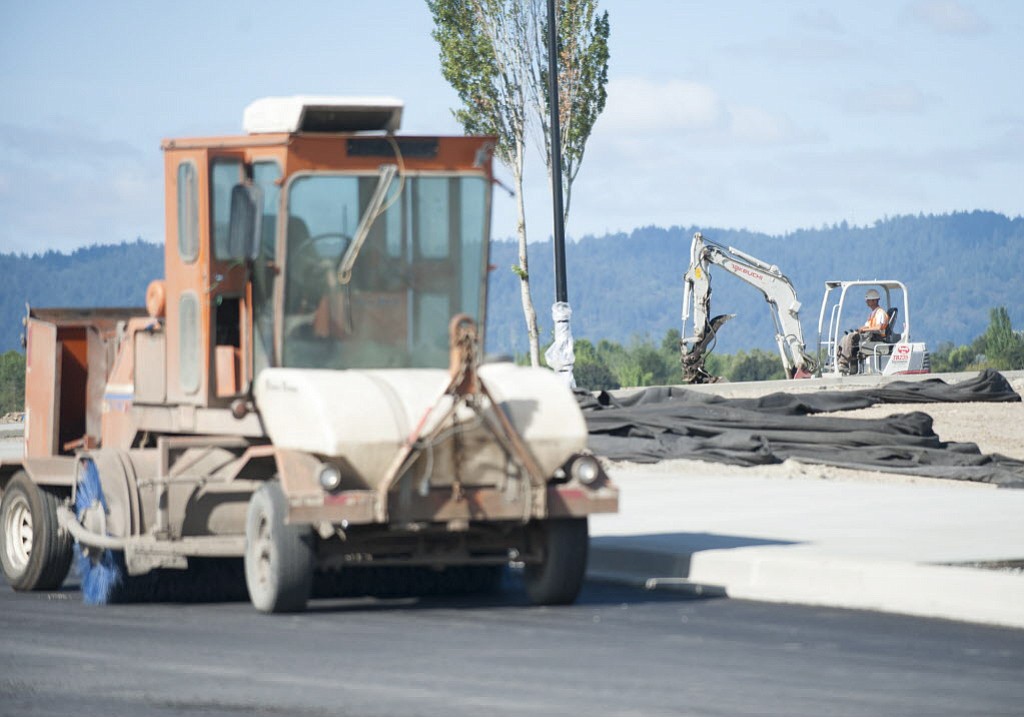A historic transformation is starting to unfold this summer along the banks of the Columbia River in Clark County.
Industrial land that for decades remained off-limits to public access is on the verge of a long-awaited rebirth in Vancouver and Washougal as the cities begin to transform their waterfront property. Meanwhile, efforts to redevelop what was once one of the most contaminated industrial sites in Washington along Ridgefield’s Lake River — a tributary of the Columbia — are also picking up steam.
After waiting out the pitfalls of the Great Recession, construction is finally well underway this summer on the 32-acre waterfront site in Vancouver. With more space to develop, the demand is finally there to build in Vancouver, said Barry Cain, the president of Tualatin, Ore.-based Gramor Development, which is leading the project.
“It’s amazing how pent-up the demand is here,” he said. “Everything that’s happened in Portland over the last 15 years — all that housing that’s happened in the Pearl District, all that housing that’s happened on the south waterfront — a good percentage of that wants to happen in Vancouver, but it hasn’t been able to because there wasn’t a place in an urban area that anybody wanted to be.”




